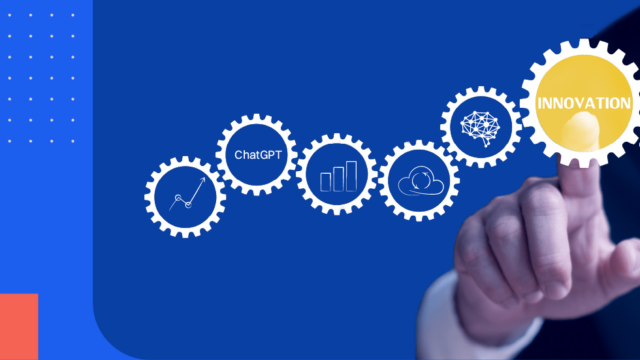
Embarking on Transformation: SAS 145 and the Evolution of OnPoint Audit
Prepare your practice for these new auditing standards.
In the ever-evolving landscape of audit standards, change is inevitable. The latest example of this involves the introduction of SAS 145, issued by the AICPA Auditing Standards Board (ASB). This transformative standard is poised to redefine audit firms’ methodologies and elevate the standards of excellence to which they must work.
Effective for audits of financial statements on or after December 15, 2023, SAS 145 is not merely an update – it is a strategic development designed to fortify risk assessments and elevate the overall quality of audits.
Let’s take a look at the details of SAS 145 and also how OnPoint Audit can help audit firms not only meet but exceed the challenges it poses.
Unpacking SAS 145: A brief overview
SAS 145 doesn’t seek to overturn the core concepts of prior audit risk assessment. Instead, it builds on guidance provided in AU-C. 315A, setting a new course for auditors.
Notably, it supersedes the existing guidance in AU-C. 315A and introduces changes to various AU-C sections dedicated to risk assessment and planning. SAS 145 builds upon established foundations to improve the precision and effectiveness of audit practices.
This nuanced approach underscores a commitment to continuous improvement and adaptability.
Implications for audit firms
Here are some of the top changes introduced that audit firms need to be prepared for as the SAS 145 effective date approaches:
Separate assessment of inherent and control risks:
The standard introduces a pivotal requirement for audit firms to conduct separate assessments of inherent risk and control risk. This new approach is not merely a procedural adjustment. It aims to provide a more granular understanding of the risk landscape.
Combined risk assessment:
In cases where control risk is assessed at the maximum level, SAS requirements mandate that the auditor assess the combined risk of material misstatement at the same level as the inherent risk assessment. This aligns risk assessments more closely with the operational realities of the audited entity.
“Stand-back” requirement:
A novel addition to the SAS is the “stand-back” requirement that compels auditors to evaluate the completeness of their identification of significant classes of transactions, account balances and disclosures. This introspective step ensures a comprehensive audit scope.
Enhanced scalability guidance:
SAS 145 emphasizes scalability based on the complexity of the entity rather than its size. This shift recognizes that audit challenges often stem from intricacies in operations rather than sheer scale.
Professional skepticism:
The new standard places increased emphasis on maintaining professional skepticism, reinforcing the auditor’s critical and questioning mindset throughout the audit process.
Revised audit documentation requirements:
The new auditing standards introduce revised requirements regarding audit documentation. This requires audit professionals to recalibrate their documentation practices to achieve greater clarity, precision and transparency. As audit firms navigate these enhanced documentation requirements, they are not just complying with standards; they are elevating the very essence of their audit practices.
Evaluation of control design:
The standard revises requirements related to the evaluation of the design of identified controls within the control activities component, including general IT controls. This enhances the scrutiny of control effectiveness.
Definition of significant class and risk:
SAS 145 defines a significant class of transactions, account balance or disclosure, providing clarity for audit firms to enhance audit scope and efficiency. It also revises the definition of significant risk, guiding auditors to focus on inherent risk on a spectrum.
OnPoint Audit: Your partner in the evolution
As audit firms navigate the changes introduced by SAS 145, having a robust and adaptable audit solution becomes paramount. OnPoint Audit, brought to you by Caseware in partnership with CPA.com, aligns seamlessly with the new standards, with its state-of-the-art features.
Granular risk assessments: OnPoint Audit facilitates the separate assessment of inherent and control risks, providing a comprehensive view of the risk landscape.
Scalability and complexity management: The app’s enhanced scalability guidance aligns with SAS 145, ensuring that audit processes adapt to the complexity of the audited entity.
Documenting and evaluating controls: OnPoint Audit’s features for audit documentation and control evaluation complement the revised requirements, making the audit process more efficient and effective.
Fostering professional skepticism: The app encourages and supports auditors in maintaining professional skepticism throughout the engagement.
As the audit landscape evolves, OnPoint Audit stands as a reliable partner, evolving with your firm to meet the challenges and embrace the opportunities presented by SAS 145. Together, let’s navigate this new era in auditing with confidence and efficiency.








